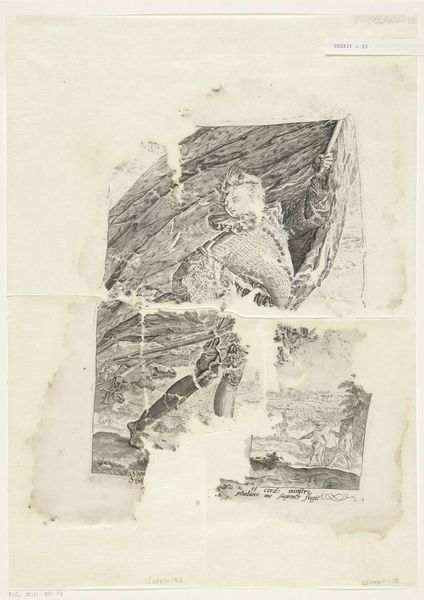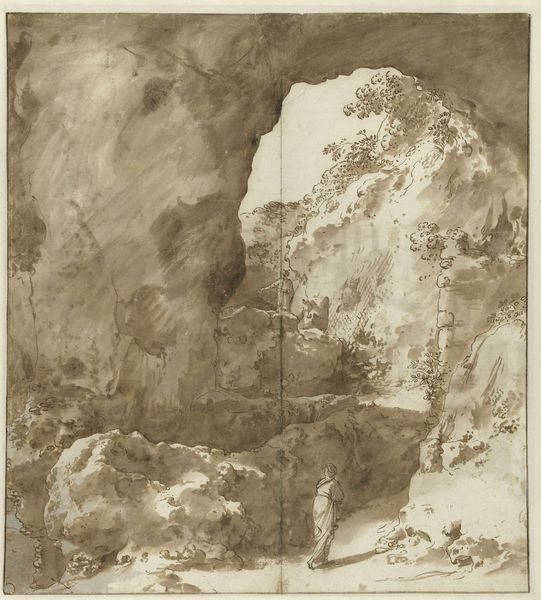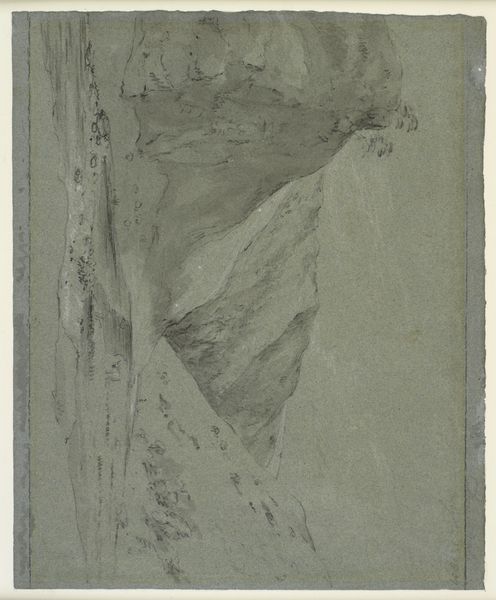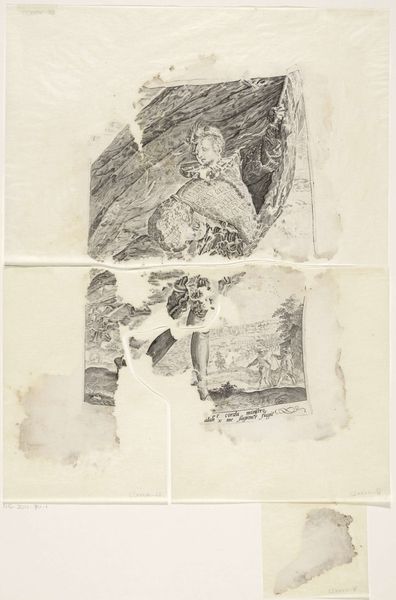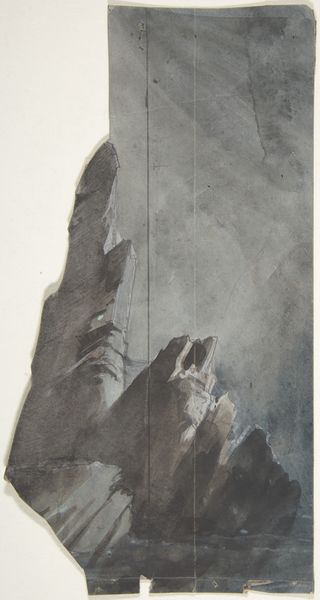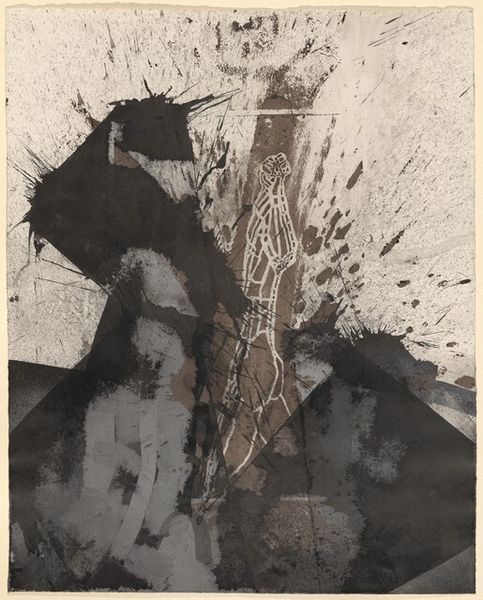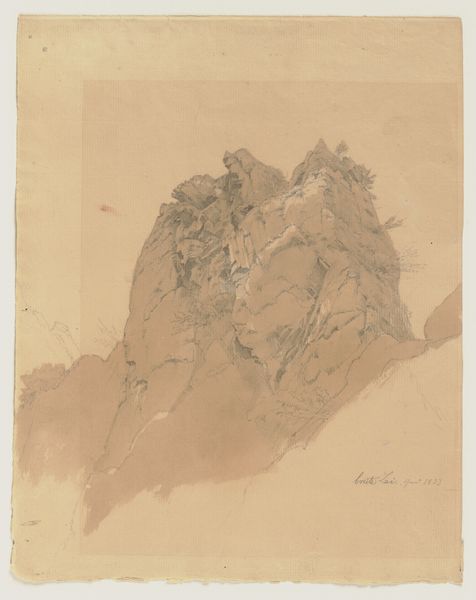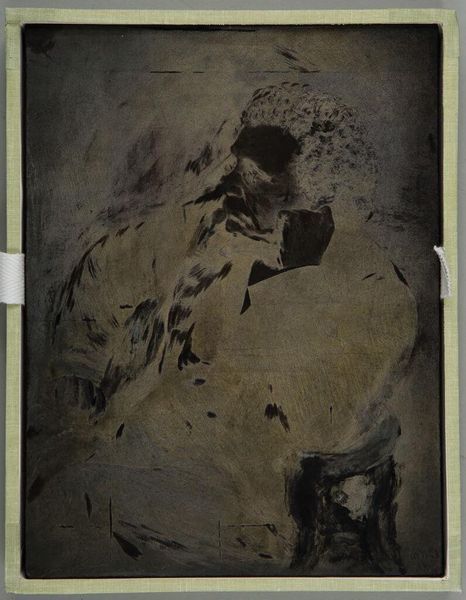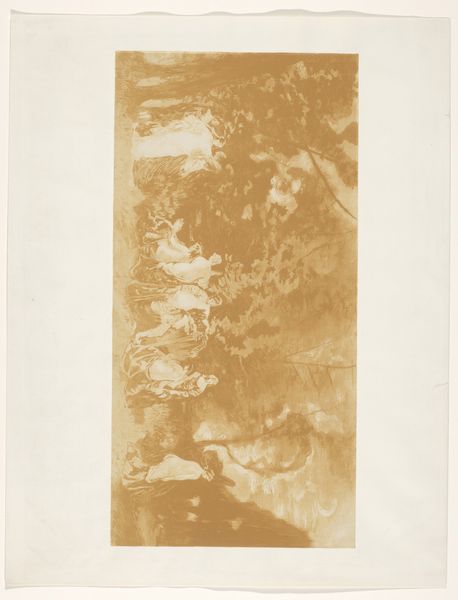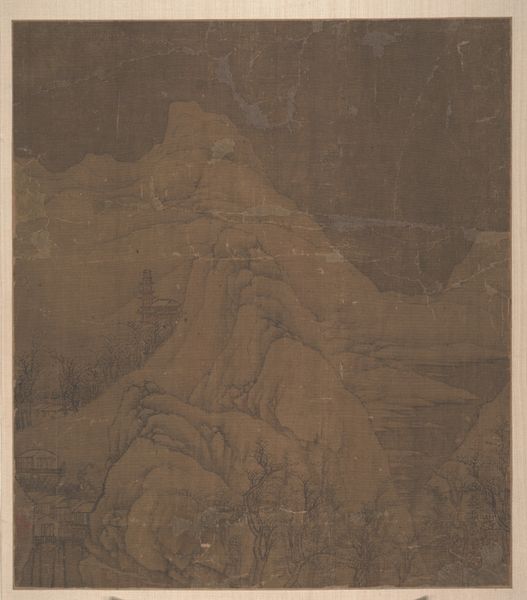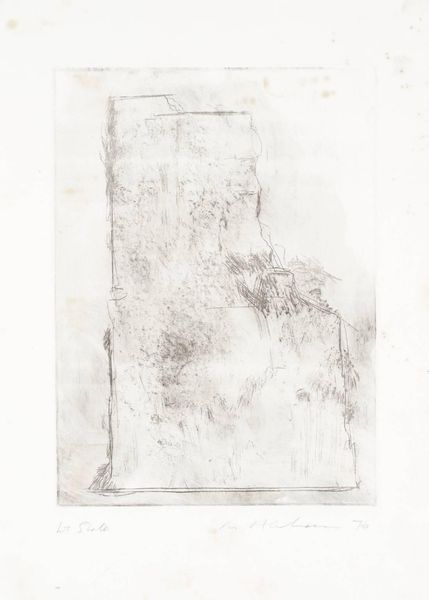
drawing, ink
#
drawing
#
baroque
#
ink painting
#
landscape
#
charcoal drawing
#
oil painting
#
ink
#
watercolor
Dimensions: height 236 mm, width 175 mm
Copyright: Rijks Museum: Open Domain
Bartholomeus Breenbergh made this drawing of the Colosseum in Rome using pen and brown wash. The image captures the ruins of the Colosseum, a symbol of Roman power, through an opening in what appears to be a grotto. It highlights a fascination with classical antiquity that was prevalent in the 17th-century Netherlands, Breenbergh's home. Dutch artists often traveled to Italy to study and depict ancient ruins, feeding a growing market for such imagery back home. The Colosseum itself, originally a site of public spectacle and imperial power, is here framed as a picturesque ruin, a testament to the passage of time. This romantic view reflects a broader cultural interest in the past. The image invites viewers to reflect on the rise and fall of empires, and consider the place of the Netherlands in the European landscape. To delve deeper, consider the art market of the Dutch Golden Age, and the writings of contemporary travelers to Italy. By exploring these resources, we can understand how this image participated in shaping cultural attitudes towards history.
Comments
No comments
Be the first to comment and join the conversation on the ultimate creative platform.
